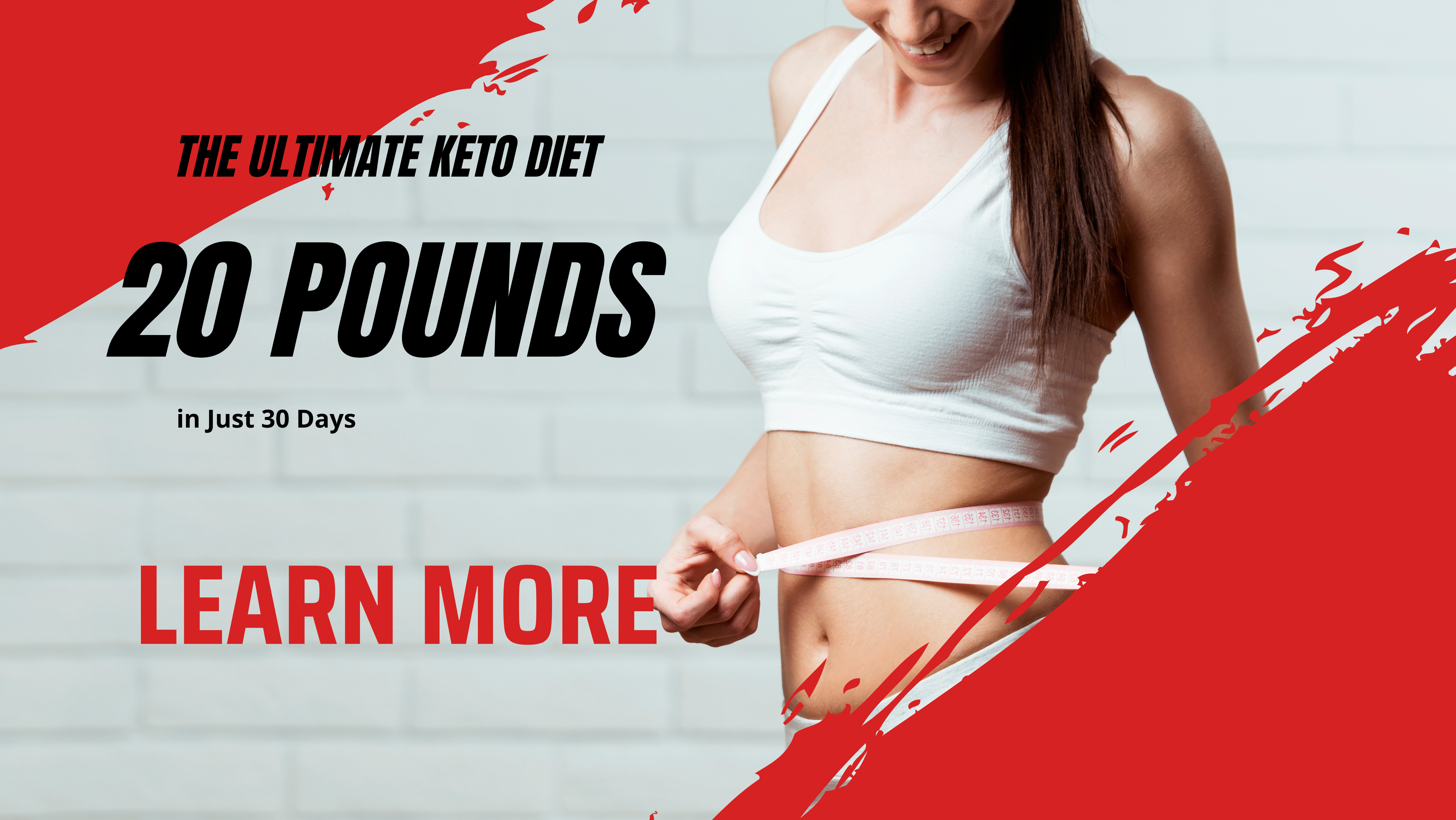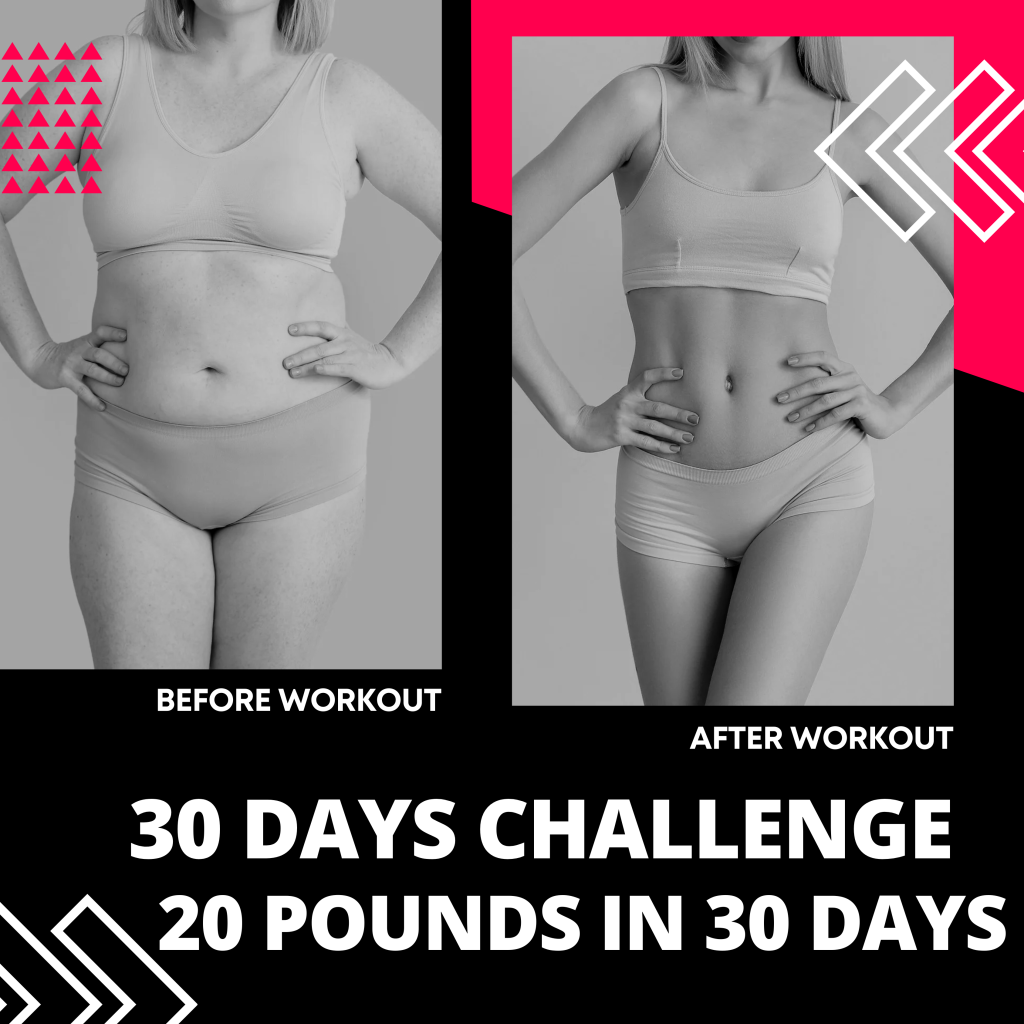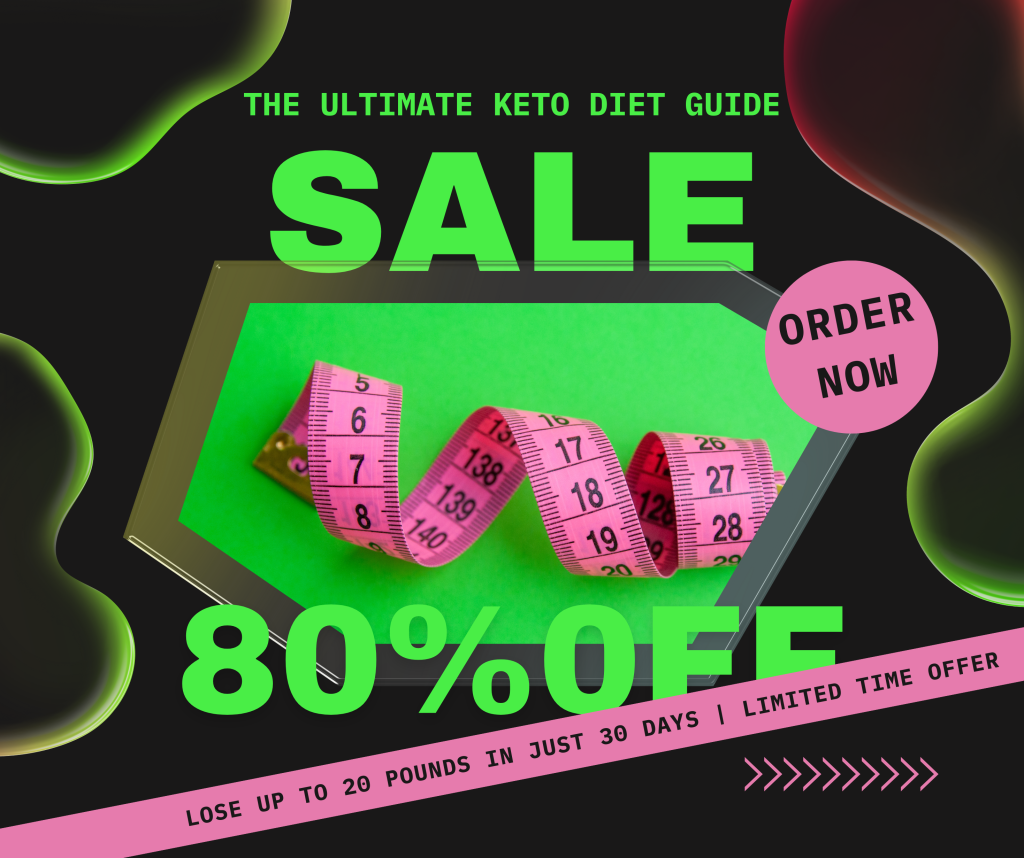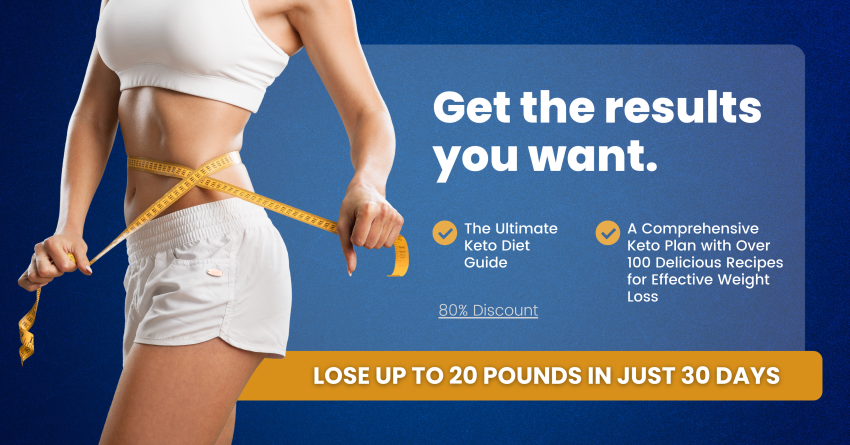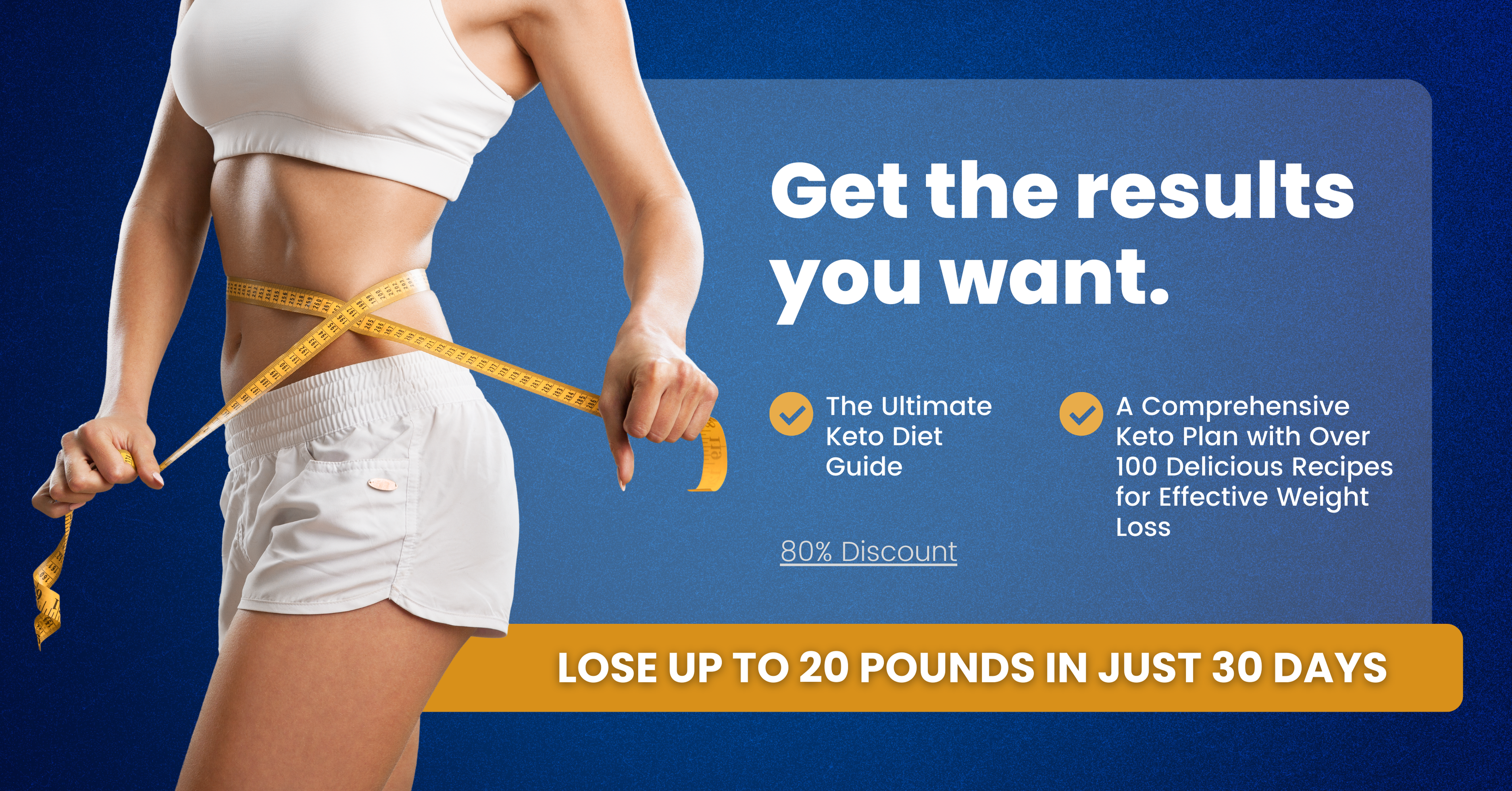

Whether you’re looking to lose weight, improve your health, or just try something new, the ketogenic diet can be a great option for many people. But starting a new diet can be daunting, especially if you’re not sure where to begin. That’s why we’ve put together this guide to help you go from a keto newbie to a keto pro.
What is the ketogenic diet?
The ketogenic diet, or keto for short, is a high-fat, low-carb eating plan that has gained popularity in recent years for its potential weight loss and health benefits. By drastically reducing your intake of carbohydrates and increasing your consumption of fats, your body enters a state called ketosis, where it begins to burn fat for fuel instead of glucose.
Getting started on the keto diet
Before diving in headfirst, it’s important to do some research and understand the basics of the keto diet. This includes knowing which foods are keto-friendly and which ones to avoid. Some common keto-friendly foods include avocado, meats, cheese, nuts, and low-carb vegetables like spinach and broccoli. On the other hand, foods high in carbs such as bread, pasta, sweets, and starchy vegetables should be limited or avoided altogether.
Meal planning and prepping
One of the keys to success on the keto diet is meal planning and prepping. This means taking the time to plan out your meals for the week, grocery shop for keto-friendly ingredients, and cook ahead of time if possible. Having keto-friendly meals and snacks readily available will help you stay on track and avoid reaching for unhealthy options when you’re hungry.
Tracking macros
In order to stay in ketosis, it’s important to track your macronutrient intake, specifically your carb, protein, and fat consumption. Most keto followers aim for a daily intake of 70-75% fat, 20-25% protein, and 5-10% carbs. There are several apps and websites that can help you track your macros and ensure you’re staying within your desired ranges.
Staying hydrated and electrolytes
When you’re on the keto diet, your body excretes more water and electrolytes than usual, which can lead to dehydration and electrolyte imbalances. It’s important to drink plenty of water throughout the day and consider supplementing with electrolytes, such as sodium, potassium, and magnesium, to prevent any negative side effects like headaches, fatigue, or muscle cramps.
Seeking support and staying consistent
Starting a new diet can be challenging, so it’s important to seek support from friends, family, or online communities to help you stay motivated and accountable. Remember that everyone’s journey on the keto diet will be different, so it’s essential to be patient and consistent with your efforts. If you have any concerns or questions, don’t hesitate to consult with a healthcare professional or a registered dietitian.
In conclusion, going from a keto newbie to a keto pro takes time, effort, and dedication. By following the tips in this guide and staying committed to your goals, you can successfully navigate the world of the ketogenic diet and reap its many benefits. So, grab your avocado, cook up some bacon, and get ready to embark on your keto journey!
